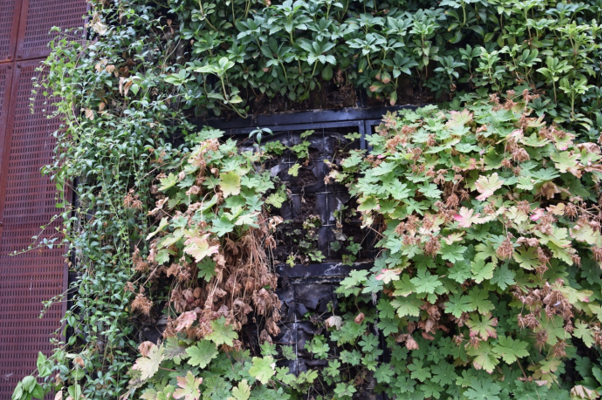The first modular wall was built in the 1930s and was designed by the American Professor White, by whom the individual modules of the green wall were named botanical bricks. Modular “green bricks” could be dedicatedly combined and built into spatial objects.
Today’s modular wall systems are much more complex than the green gabion wall systems. The entire structure consists of three main components:
– a structure on which the modules are mounted – attached to a vertical surface – e.g. a wall of a building,
– modules filled with soil substrate (greened with appropriate vegetation) which are attached to a previously constructed structure.
– an automatic irrigation system that connects all construction modules – it nourishes and irrigates the plants greening the walls.
The modules are made of lightweight materials (e.g. plastics) and are assembled from several parts, on the sides of these modules there are systems of the so-called interlocking systems – this allows them to be joined together into one unit, attached to a vertical or horizontal frame.
The medium used to fill the modules must be light, adapted to the species composition of the plants which green the module and to the existing environmental conditions in which the green wall is located. The soil substrate mixture should contain an appropriate composition of organic and inorganic compounds and light soil components (porous mineral granules, coconut fibers, etc.).
The choice of plants depends on the environmental conditions in a given location of the “vertical garden” and its exposure to the directions of the world. Plants can be evergreen or shed their leaves for winter.
The entire system must be connected to an automatic irrigation system which is a heavy structure, so it is important to consult the installation on a given wall with the building desiger (both for professionally produced structures and hose for amateur use).
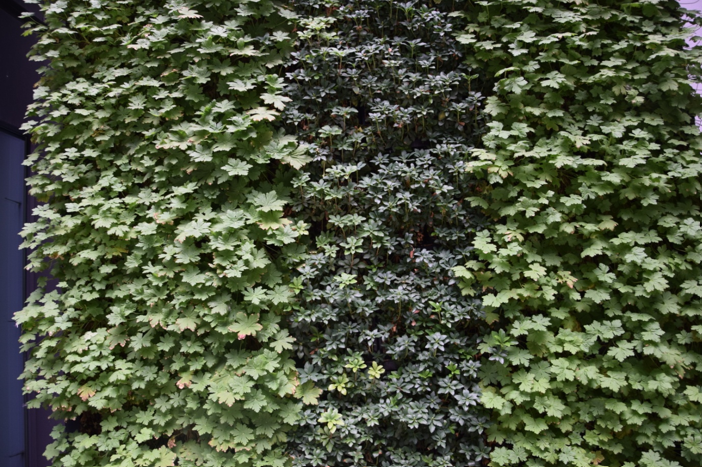
Example of vegetation selection for greening the modular walls.
| Shaded wall | Sunlit wall |
| Pachysandra – Japanese spurge | Bergenia – Bergenia |
| Gerinium – Geranium | Heucher – Heuchera |
| Vinca minor – Dwarf periwinkle | Saxifrage – Rockfoil |
| Vinca minor – Blue bugle | Carex – True sedges |
| Hedera helix – Common ivy | Echinacea – Coneflower |
For professionals.
– Modular systems are designed and installed by companies specialized in installing such systems. It is important that, as with green roofs, the walls are protected very precisely from possible moisture.
Examples of design solutions of the gsky company: https://gsky.com/pro/cad-specs/
For the society:
Although modular walls are complex systems, these types of structures can be made on our own.
1) We need to protect the wall carefully from possible moisture, e.g. with PVC film, or make stand-alone structures on which we will place the modules we make.
2) To the wall protected this way, we mount the structure to which the green modules will be attached. (It is important not to pierce the insulation made).
3) The modules can be made of shop boxes, in which, for example, bread is transported to the shops each morning.
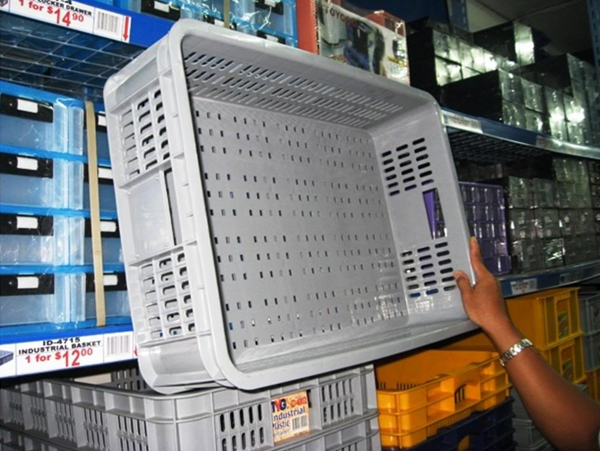
http://www.lushe.com.au/2010/05/03/living-wall-at-changi-airport/
Large store boxes can be divided, thanks to specially prepared compartments into smaller parts, which will allow us, for example, to diversify the species used to green the module.
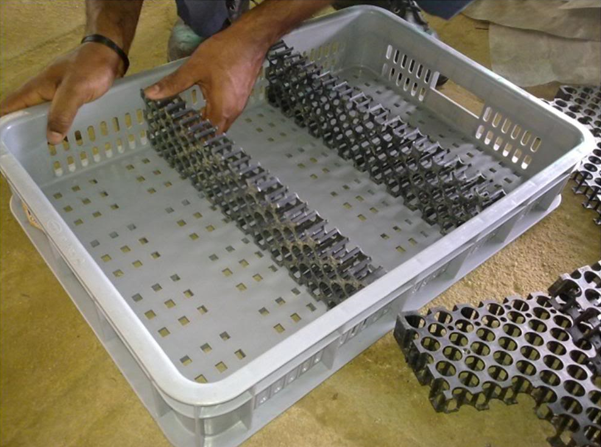
http://www.lushe.com.au/2010/05/03/living-wall-at-changi-airport/
We line everything with, for example, geotextile to protect the soil substrate against spilling out of the box.
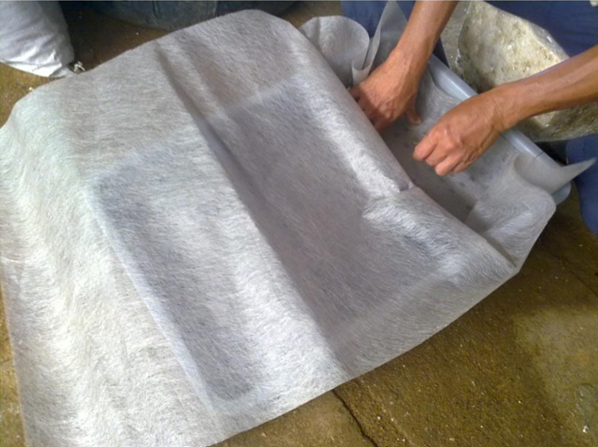
We fill the box with a prepared soil substrate.
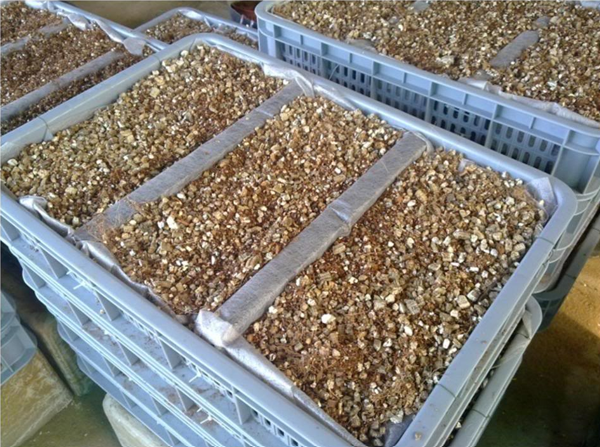
The whole is secured with a mesh in which we make holes, which in turn will allow us to green the boxes.
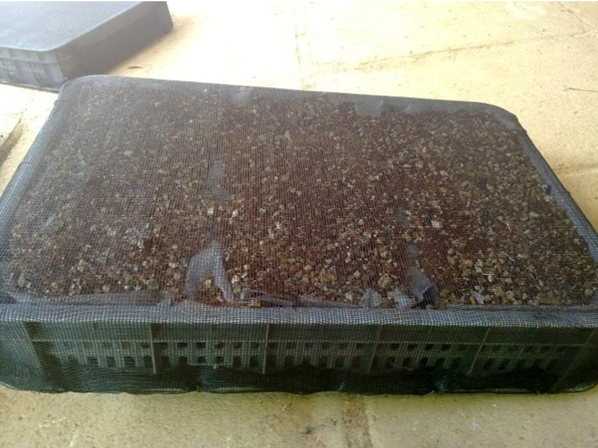
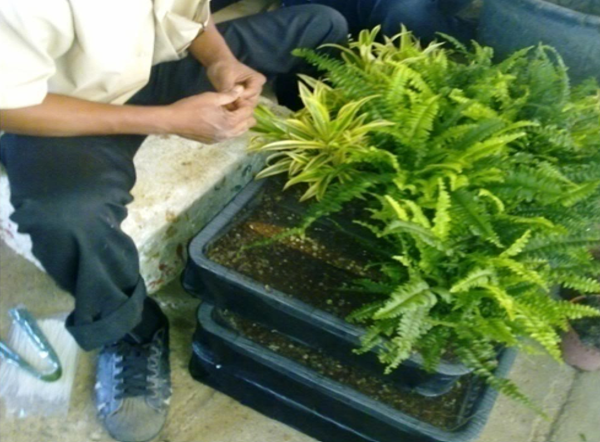
The boxes are fitted with handles, which will allow them to be mounted on a pre-prepared frame. Excess water should be collected in a container – a trough – and then used to water other plants.
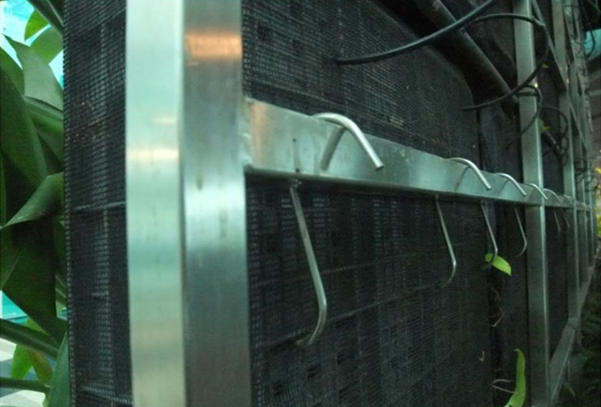
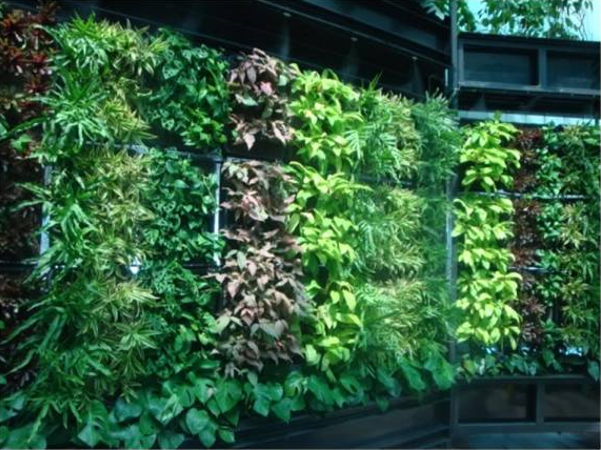
The building of the Foundation for Polish Science in Warsaw.
The green façade on the building of the “Foundation for Polish Science” has a surface area of 260 m2. The whole structure does not weigh more than 30 kg / m2. This “vertical garden” is at the same time an insulating layer of the building, greened with 20 plant species – these species are selected so as to make the wall attractive throughout the growing season. The plants are irrigated with rainwater stored on the roof of the building. This facility is located in Warsaw at 20/22 Ignacego Krasickiego Street.


The building of the City Council in Wrocław.
It is located on the façade of the building of the Wrocław City Council on Świdnicka street in Wrocław. It has a surface area of 100 m2.
References:
http://www.grahamfoundation.org/grantees/4834-reconstructing-the-vegetation-bearing-architectonic-structure-and-system-1938
https://www.researchgate.net/publication/266078897_Green_wall_systems_A_review_of_their_characteristics
https://www.fnp.org.pl/o_fundacji/nowa-siedziba/
https://culture.pl/pl/dzielo/fundacja-na-rzecz-nauki-polskiej


